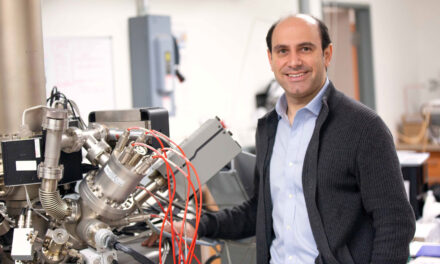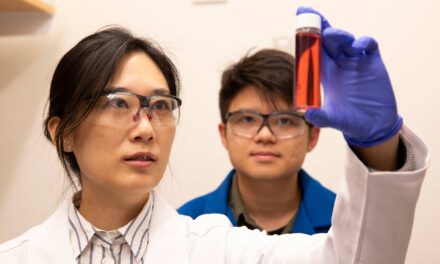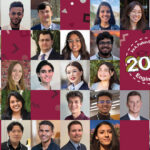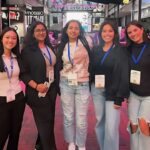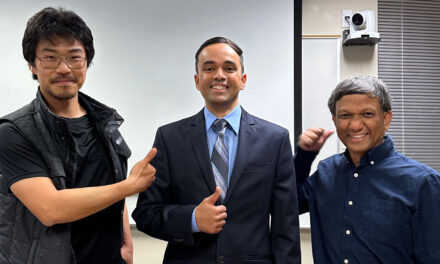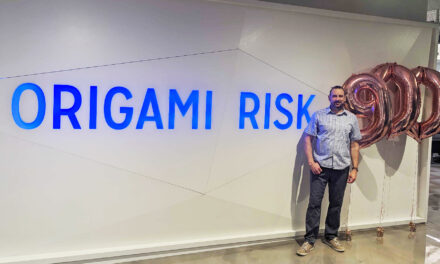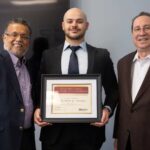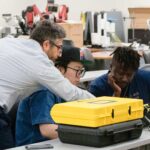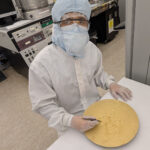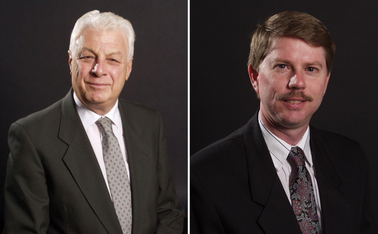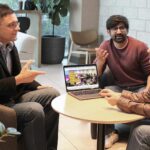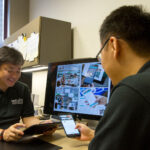
Computer-based classroom model earns praise
Posted: February 16, 2011
Ideas from two Arizona State University engineers for getting students more actively engaged in their education through a “computer-based classroom” model are drawing attention and recognition from peers.
Keith Holbert and George Karady propose using that model to shift the education paradigm – specifically in engineering courses – from a “teacher-centered approach” to a “learner-centered environment.”
Their ideas are detailed in “Strategies, Challenges and Prospects for Active Learning in the Computer-Based Classroom,” which won them the 2010 best Transactions in Education paper award from the Education Society of the Institute of Electrical and Electronics Engineers (IEEE), the world’s largest professional engineering organization.
Karady is a professor and Holbert is an associate professor in the School of Electrical, Computer, and Energy Engineering, one of ASU’s Ira A. Fulton Schools of Engineering.
Their award marks the first time ASU faculty members have earned best paper honors for an article on education theory in the IEEE’s Transactions in Education journal.
The paper points out that much of modern engineering work necessitates use of computers. So a computer-based learning environment, they say, makes sense in teaching engineering – especially in helping students keep up with ever more rapid advances in information and design technologies.
The authors documented opinions of students learning in a computer-based classroom over a five-year period. They concluded that students learn more when engaged in participatory activities, particularly when using computers to apply new technologies in solving engineering problems.
Their paper provides a strategy for developing active learning methods for a computer -based classroom. It also looks at concerns about making the shift from the conventional teaching approach to the new type of classroom environment they propose.
Their award was presented at the annual Frontiers In Education conference in Washington, D.C.
Karady is an IEEE Fellow – the highest rank of membership – and has authored a book and more than 120 articles in research journals and 180 professional conference publications. His areas of expertise are power electronics, high-voltage engineering and power systems.
Holbert, a senior IEEE member and a registered professional engineer, focuses on nuclear power engineering, process monitoring and diagnostics, sensor fault detection, instrumentation development, fuzzy logic, spacecraft charging and radiation effects on electronics. He has authored more than 85 journal and conference papers.
Amy Lukau contributed to writing this article


